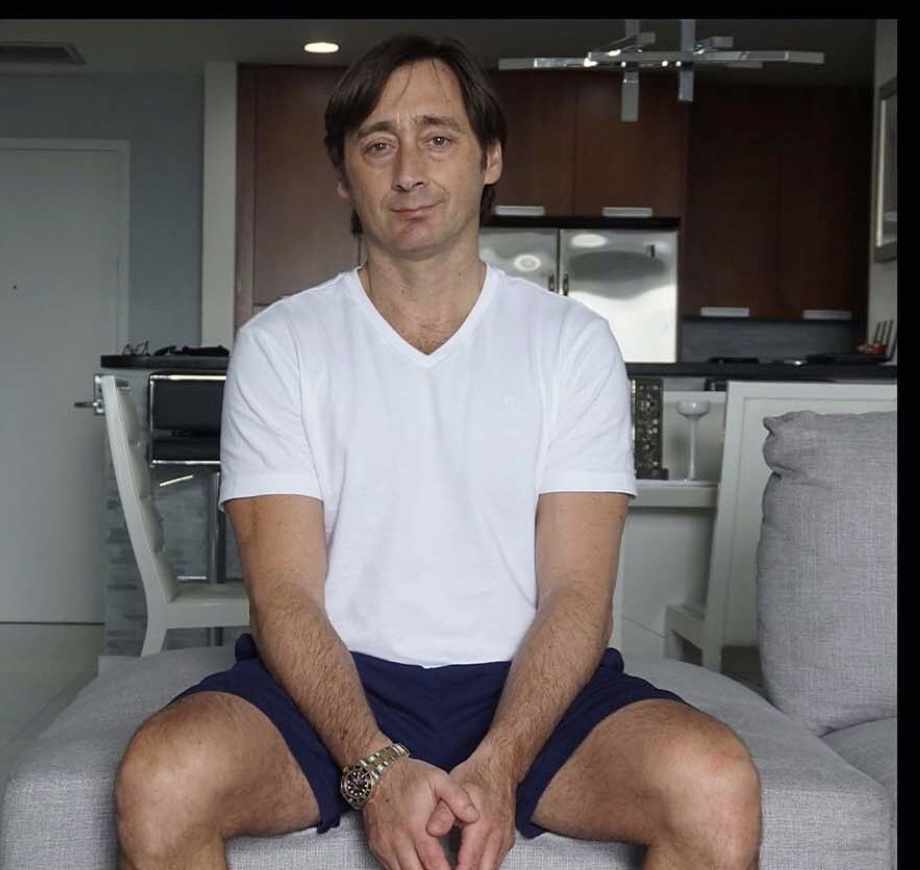SPOILER ALERT!
Know More About The Latest Type Of Swedish Care

Swedish Massage is the most popular of all the massaging techniques in use today. This type of massage isn't just relaxing but also improves blood circulation, boosts resistance, increases mental alertness and helps to relieve anxiety. If you're searching to have a Swedish massage, it's important to know the correct technique.
A good place to get started to your Swedish massage career program is having a open mind. Learning how to give a great Swedish massage takes practice and time. You'll quickly learn to position yourself to your massage and the way to unwind your client. On the other hand, the first step is to learn how to circulate properly throughout the massage.
Some therapists offer their customers a Swedish massage to stimulate circulation in prep for work. Many massages utilize effleurages or smooth strokes, so as to promote blood flow throughout the body. Effleurages are usually utilized to unwind and soothe tight joints and muscles. They may also be utilized to eliminate and reduce swelling. As these are wonderful benefits of Swedish massages, they do not warrant all the attention they receive from treatment students.
Some therapists choose to take a more physiological way of healing. Since Swedish massage concentrates mostly on soft tissue function, it's very critical for the student to comprehend the physical structures of their muscles being treated in addition to how they work together. The student must discover how to identify the different muscle groups and their functions so they can perform effleural techniques correctly. One technique teachers regularly teach is Swedish massage in which the customer lies face down on a massage table and is lifted up by technical straps into a standing posture. The top body is subsequently reached up along with the lower back is pushed into the ground. This technique assists the student better understand the structure of the body in addition to how it's structured.
Just like all kinds of massage treatment, there are many unique theories about the efficacy of Swedish massage. Massage therapists who practice in this tradition believe it is beneficial as it improves blood flow into the heart. Swedish massage therapy also is believed to be valuable for improving joint flexibility as well as strengthening the tissues and muscles. Some therapists think that the massage improves circulatory system function and helps remove toxins from the body.
Due to its demonstrated effectiveness, a lot of people find that they gain a great deal from Swedish massage techniques. Helpful site After receiving one or two Swedish massages, a lot of folks discover that they no longer need sore joints, back pain, headaches, or other disorders. A lot of folks who try this kind of Swedish massage find that they experience a warm sensation on their skin similar to that of being softly rubbed. Swedish massage methods are also known to alleviate stress, improve blood circulation, encourage sleep, and help with anxiety and depression.
It's been shown that Swedish massage can be particularly helpful for alleviating chronic pain. Massaging the entire body through a Swedish massage session releases endorphins, that can be observed within the brain and published as a result of physical action. Endorphins are particularly helpful for dealing with pain in addition to decreasing fatigue. These endorphins are so strong that they actually make one feel younger. There are many reported cases where consumers have seen a direct reduction in their age as a direct result of getting regular sessions. In addition to endorphins, Swedish massage can be also very useful for increasing alertness, improving memory, and reducing blood pressure.
Lots of Swedish massage therapists combine the usage of this firm and slow strokes of a traditional Swedish massage with all the rhythmic pressure of shiatsu. Shiatsu is especially valuable for people that are having cardiovascular disease due to exercising their muscles a great deal. This therapy is quite similar to acupuncture and can be used by many therapists worldwide. In the United States, however, several therapists use a combination of the two techniques, especially for people that are suffering from chronic diseases and people who've been dormant for some time.
